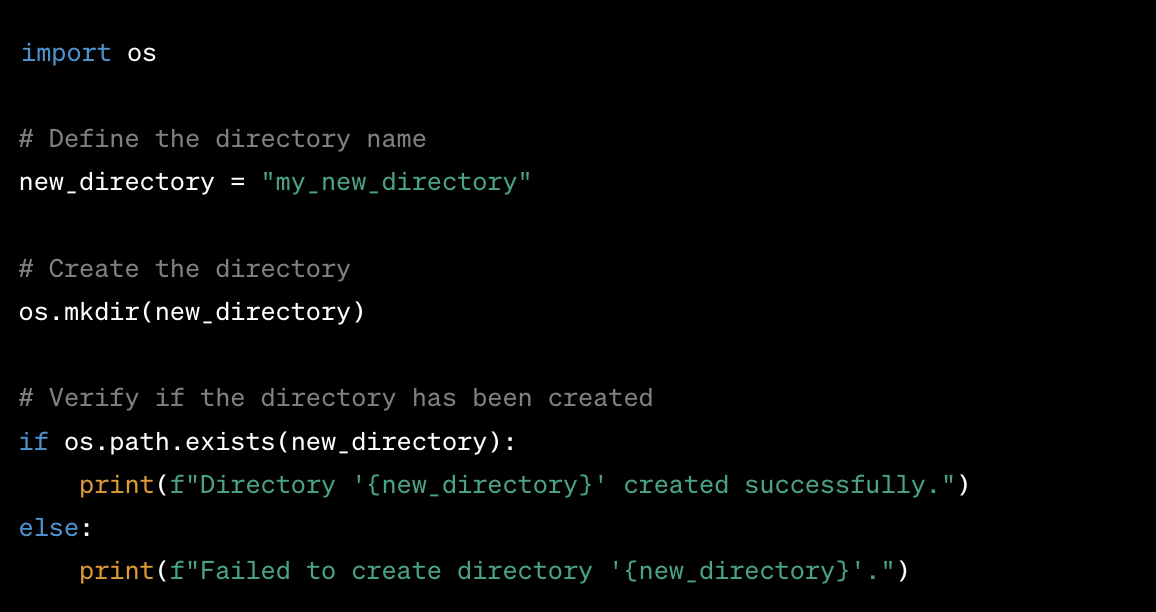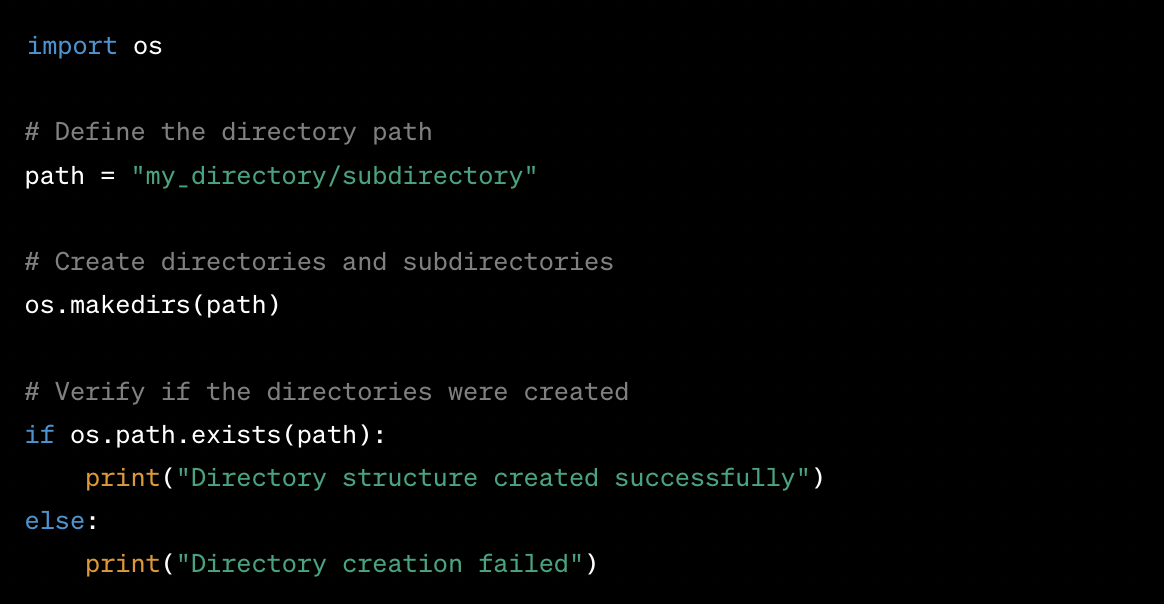For working professionals
For fresh graduates
- Study abroad
More
- Executive Doctor of Business Administration from SSBM
- Doctorate in Business Administration by Edgewood College
- Doctorate of Business Administration (DBA) from ESGCI, Paris
- Doctor of Business Administration From Golden Gate University
- Doctor of Business Administration from Rushford Business School, Switzerland
- Post Graduate Certificate in Data Science & AI (Executive)
- Gen AI Foundations Certificate Program from Microsoft
- Gen AI Mastery Certificate for Data Analysis
- Gen AI Mastery Certificate for Software Development
- Gen AI Mastery Certificate for Managerial Excellence
- Gen AI Mastery Certificate for Content Creation
- Post Graduate Certificate in Product Management from Duke CE
- Human Resource Analytics Course from IIM-K
- Directorship & Board Advisory Certification
- Gen AI Foundations Certificate Program from Microsoft
- CSM® Certification Training
- CSPO® Certification Training
- PMP® Certification Training
- SAFe® 6.0 Product Owner Product Manager (POPM) Certification
- Post Graduate Certificate in Product Management from Duke CE
- Professional Certificate Program in Cloud Computing and DevOps
- Python Programming Course
- Executive Post Graduate Programme in Software Dev. - Full Stack
- AWS Solutions Architect Training
- AWS Cloud Practitioner Essentials
- AWS Technical Essentials
- The U & AI GenAI Certificate Program from Microsoft
13. Print In Python
15. Python for Loop
19. Break in Python
23. Float in Python
25. List in Python
27. Tuples in Python
29. Set in Python
53. Python Modules
57. Python Packages
59. Class in Python
61. Object in Python
73. JSON Python
79. Python Threading
84. Map in Python
85. Filter in Python
86. Eval in Python
96. Sort in Python
101. Datetime Python
103. 2D Array in Python
104. Abs in Python
105. Advantages of Python
107. Append in Python
110. Assert in Python
113. Bool in Python
115. chr in Python
118. Count in python
119. Counter in Python
121. Datetime in Python
122. Extend in Python
123. F-string in Python
125. Format in Python
131. Index in Python
132. Interface in Python
134. Isalpha in Python
136. Iterator in Python
137. Join in Python
140. Literals in Python
141. Matplotlib
144. Modulus in Python
147. OpenCV Python
149. ord in Python
150. Palindrome in Python
151. Pass in Python
156. Python Arrays
158. Python Frameworks
160. Python IDE
164. Python PIP
165. Python Seaborn
166. Python Slicing
168. Queue in Python
169. Replace in Python
173. Stack in Python
174. scikit-learn
175. Selenium with Python
176. Self in Python
177. Sleep in Python
179. Split in Python
184. Strip in Python
185. Subprocess in Python
186. Substring in Python
195. What is Pygame
197. XOR in Python
198. Yield in Python
199. Zip in Python
OS module in Python
Introduction
The OS module in Python is an indispensable tool for handling file-related tasks for programmers.
The Python OS module is essential for file-related tasks, enabling efficient file and directory management in programs. It allows you to easily handle the current working directory, create and delete directories, list files and folders, and perform file operations. In this article, we will explore fundamental OS module functions and operations, streamlining file management tasks.
Handling the Current Working Directory
Getting the Current Working Directory
- Use os.getcwd() to retrieve the current working directory's absolute path.
- Example:
Output:
Changing the Current Working Directory
You can dynamically modify the CWD by employing the os.chdir(path) method, where the path represents the location of the desired directory within the file system. This functionality proves particularly advantageous when working with files situated in a specific directory, eliminating the need to specify their complete path in each operation.
Output:
Using os.chdir() is useful in several scenarios:
- File Operations: When working with files, you can simplify file handling by setting the CWD to the directory where your files are located.
- Project Organization: In a project with multiple subdirectories, changing the CWD to a specific subdirectory can streamline file access and improve code readability.
- Script Automation: If your script relies on data or resources stored in a specific directory, you can automate the process of changing the CWD to ensure smooth execution.
- Directory Navigation: When creating programs that involve navigating and managing directories, such as backup scripts or data synchronization tools, changing the CWD is essential for efficient directory traversal.
- Cross-Platform Compatibility: Changing the CWD using os.chdir() ensures that your code works seamlessly on different operating systems, as it adapts to the local file structure.
os.mkdir() and os.makedirs(). allow you to create directories for organizing files and data.
The os.mkdir() function is:
- used for creating a single directory.
- If the parent directory does not exist, you need to ensure it's created before calling os.mkdir().
Output:
Using os.makedirs()
The os.makedirs() function is:
- used to create directories, including parent directories if they don't exist.
- This is useful for creating a directory and its subdirectories simultaneously.
Output:
os.mkdir() and os.makedirs() have various real-world applications such as:
- File Organization: These functions can be used to structure and organize files and directories. os.mkdir() and os.makedirs() enable the systematic creation of directories to store these files when developing applications that generate and manage files, such as text documents, images, or other data.
- Data Download: These functions become indispensable when building web scraping or data downloading tools. They are used to create directories where downloaded data can be efficiently stored. This organized approach simplifies data management and facilitates access to specific files.
- Project Structuring: In the realm of software development, these functions are instrumental in establishing the required directory structure. This becomes especially significant in extensive projects where efficient management of multiple files and subdirectories is imperative.
- Logging: Applications that generate log files for tracking events and errors employ os.mkdir() and os.makedirs() to create directories for storing these logs systematically. This ensures that logs are neatly organized and readily accessible.
- User Profile Management: Applications featuring user profiles with associated data and files benefit from these functions. They allow for creating individual directories for each user's profile, ensuring the segregation and organized storage of user-specific data.
- Backup Systems: Backup solutions necessitate the creation of directories for storing backup files securely. os.mkdir() and os.makedirs() are pivotal in establishing a well-structured hierarchy of backup folders.
- Testing Environments: Software testing environments make use of these functions to create temporary directories. These directories serve as repositories for test data and configurations, simplifying the management of testing resources. Once testing is completed, these directories can be swiftly removed.
- Data Analysis: Data scientists and analysts harness these functions to create directories for the structured storage of datasets, intermediary files, and analysis results.
- User Data Management: Applications involving user-generated content, such as images or documents, use os.mkdir() and os.makedirs() to create directories for the storage of user-uploaded files. This approach ensures that individual user data is separately stored in their dedicated directory, maintaining data integrity and organization.
Commonly Used Functions
- Os.name
- Os.error
- os.popen()
- os.close()
- os.remove()
- os.path.getsize()
os.name:
- The os.name function returns the name of the operating system-dependent module imported.
Example:
Output:
os.name will return a string representing the name of the OS. For example, on Windows, it returns 'nt.'
os.error:
- Description: os.error is an exception raised for some OS-related errors and provides a way to handle OS-specific exceptions.
- Output: This code will print an appropriate error message if an OS-related error occurs.
os.popen():
- Description: os.popen() is used to open a pipe to or from an external command.
Example:
- Output: This code runs the 'ls' command on Unix-based systems and captures the output and a list of files and directories in the current directory.
os.close():
- Description: The os.close() function is used to close a file descriptor and is often used in conjunction with file operations.
Example:
- Output: This code opens the file "example.txt" in read-only mode and then closes the file descriptor.
os.remove():
- Description: os.remove() is used to delete a file.
Example:
- Output: This code deletes the file named "file_to_delete.txt" from the current directory.
os.path.getsize():
- Description: os.path.getsize() returns the size of a file in bytes.
Example:
Output: This code retrieves and prints the file size "example.txt" in bytes.
Real-life applications of these commonly used functions:
- os.name:
- Building Cross-Platform Software: os.name allows you to determine the underlying operating system your Python script is running on. This information is useful when you are creating cross-platform software. you can use os.name to handle platform-specific code conditionally, for example, if you are developing software that needs to execute different code on Windows and Unix-based systems.
- os.error:
- Robust Error Handling: os.error is an exception that is raised for certain OS-related errors. You can use it for robust error handling in your applications. For example, catching os.error exceptions in a file manipulation program allows you to provide detailed error messages when file operations fail.
- os.popen():
- Running External Commands: os.popen() is useful when running external commands or command-line programs from your Python script.
- os.close():
- Managing File Descriptors: os.close() is commonly used in low-level file operations and can help ensure that file descriptors are properly managed and closed to prevent resource leaks and conflicts.
- os.remove():
- File Deletion: os.remove() is used for deleting files, which is useful for implementing file management features in your applications. you can use this function to delete files that are no longer needed in a file manager or cleanup utility.
- os.path.getsize():
- File Size Checking: os.path.getsize() is commonly used to check the size of files before performing operations such as disk space analysis tools, backup utilities, and content management systems.
Conclusion
In summary, the OS module in Python is useful for managing file and directory operations in programming. It enables developers to navigate, create, modify, and manipulate files and directories within their applications efficiently. The OS module finds unique and valuable applications in specific domains. These unique real-life applications showcase the versatility and adaptability of the OS module in Python.
FAQs
Q1. Name some applications of os.mkdir() and os.makedirs().
os.mkdir() and os.makedirs() have various real-world applications in file organization, data download, logging, user profile management, and testing environments.
Q2. How is the Python OS module useful in programming?
The Python OS module is essential for file-related tasks, enabling efficient file and directory management in programs. It allows you to easily handle the current working directory, create and delete directories, list files and folders, and perform file operations.
Q3. How is os.chdir() function useful?
Using os.chdir() is useful in several scenarios, including file operations, project organization, script automation, directory navigation, and cross-platform compatibility.
Q4. Which os function is used to delete files?
os.remove() is used for deleting files, which is useful for implementing file management features in your applications. you can use this function to delete files that are no longer needed in a file manager or cleanup utility.
-9cd0a42cab014b9e8d6d4c4ba3f27ab1.webp&w=3840&q=75)
Take our Free Quiz on Python
Answer quick questions and assess your Python knowledge


Author|900 articles published


upGrad Learner Support
Talk to our experts. We are available 7 days a week, 9 AM to 12 AM (midnight)
Indian Nationals
1800 210 2020
Foreign Nationals
+918068792934
Disclaimer
1.The above statistics depend on various factors and individual results may vary. Past performance is no guarantee of future results.
2.The student assumes full responsibility for all expenses associated with visas, travel, & related costs. upGrad does not provide any a.
















